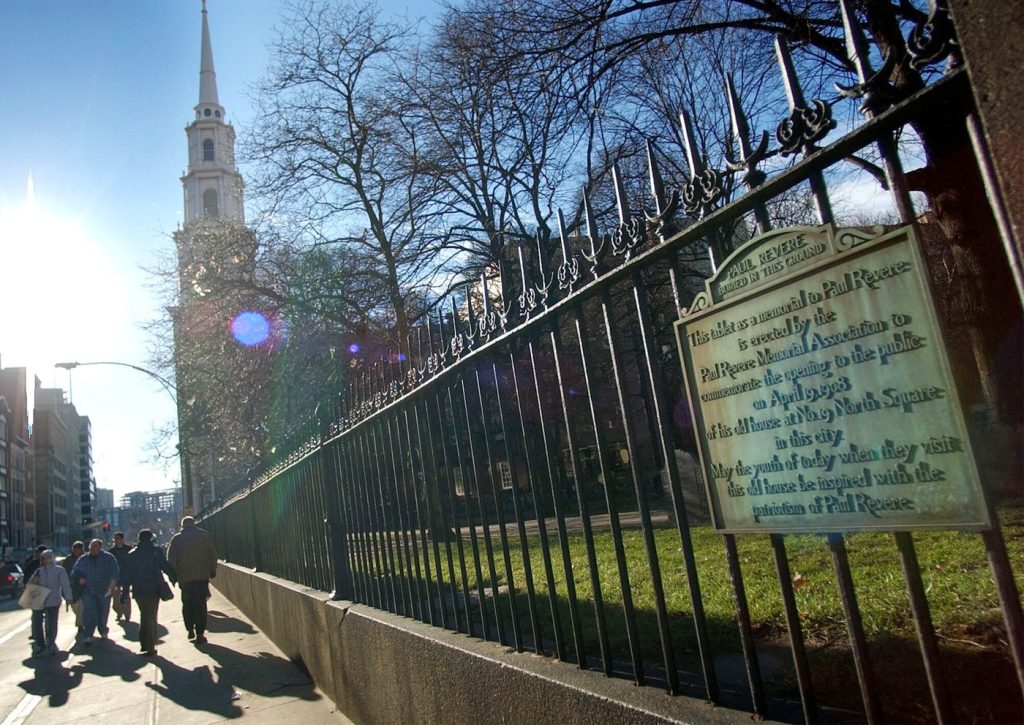The contrast between walking in nature and urban environments is profound. While the serene imagery of a nature trail—complete with rustling leaves and a babbling stream—evokes a sense of peace, city streets often bring to mind noise, traffic, and concrete jungles. However, research indicates that both settings can offer valuable mental health benefits.
Walking in nature has been extensively studied and is associated with numerous physical and mental health benefits. It can reduce stress levels and improve attention. Nevertheless, researchers have also found that urban walking can yield positive mental health outcomes, provided individuals engage with their surroundings actively.
Whitney Fleming, an environmental psychology researcher from Bangor University in Wales, emphasizes the importance of finding greenery in urban settings. She points out that even small doses of nature, such as street trees, can significantly influence mood and mental health. Fleming's research reveals that individuals who focus on plant life while walking report lower anxiety levels compared to those who concentrate on human-made structures. The inclination toward nature is an intrinsic part of human evolution, highlighting a deep-seated appreciation for natural elements even within urban landscapes.
Moreover, it is essential to recognize that not all urban environments are stressful. Cesar San Juan Guillen, a social psychology professor at the University of Basque Country in Spain, contests the idea that cities are inherently anxiety-inducing. He has conducted studies comparing individuals who spent time in green urban parks versus those who frequented bustling plazas with historical features. Surprisingly, both groups exhibited enhanced cognitive function and reduced negative emotions such as anxiety, but those in more built-up areas felt particularly energized.
Walking through historic urban settings can provoke what San Juan Guillen describes as “soft fascination.” This state of involuntary attention is restorative, making it effective in recuperating the mental energy depleted through work or study. Urban planners and researchers are increasingly examining how individuals interact with their environments, blending insights from environmental psychology, neuroscience, and architecture to foster more enjoyable walking experiences in cities.
Tristan Cleveland, an urban planning consultant with Happy Cities in Canada, explains that the design of city spaces can impact how people engage with them. For example, blank walls often lead people to walk faster past them, creating a sense of urgency to escape the dullness. Conversely, intriguing locations encourage people to slow down, engage with their surroundings, and even socialize with others. Cleveland suggests identifying routes that evoke soft fascination, which can enhance the experience of walking in urban areas.
Author Annabel Abbs-Streets, known for her works like “The Walking Cure” and “52 Ways to Walk,” advocates for walking in a variety of locations. She recommends exploring walkable cities—such as Boston, Taos in New Mexico, and Dubrovnik in Croatia—for a fulfilling urban walking experience. Additionally, she suggests finding historical cemeteries, which often provide a calm and aesthetically pleasing environment for reflection and leisure walking.
Ultimately, Abbs-Streets asserts that the notions of “green” versus “gray” environments should not be viewed in absolutes. Instead, both can offer unique experiences; urban settings can have their charm and advantages just as natural landscapes do. This understanding encourages a balanced perspective on walking, emphasizing the benefits of engaging with both types of surroundings.










